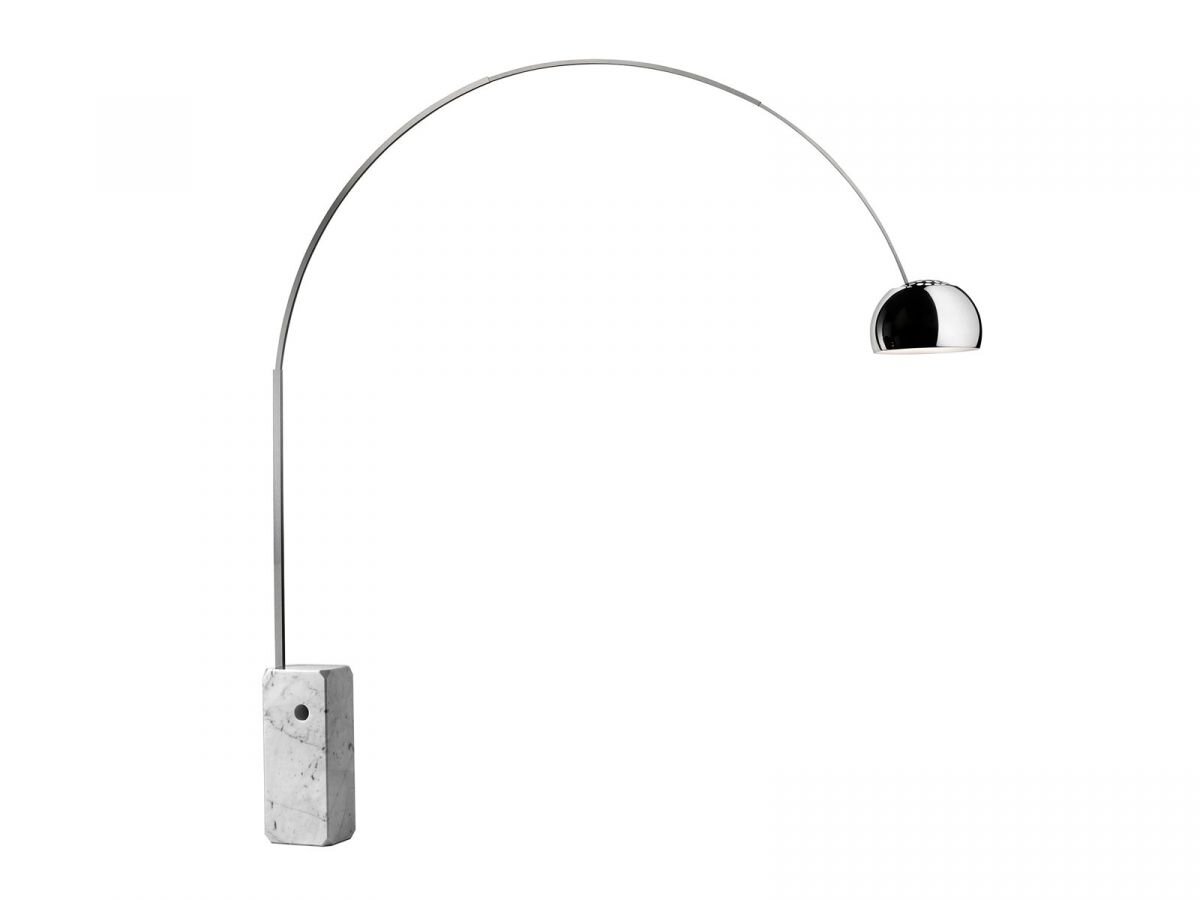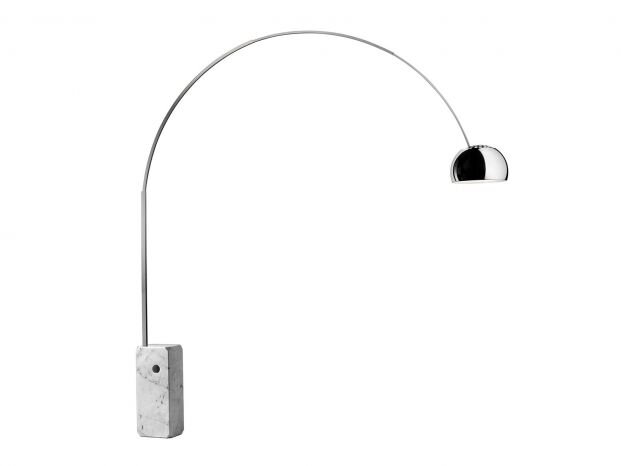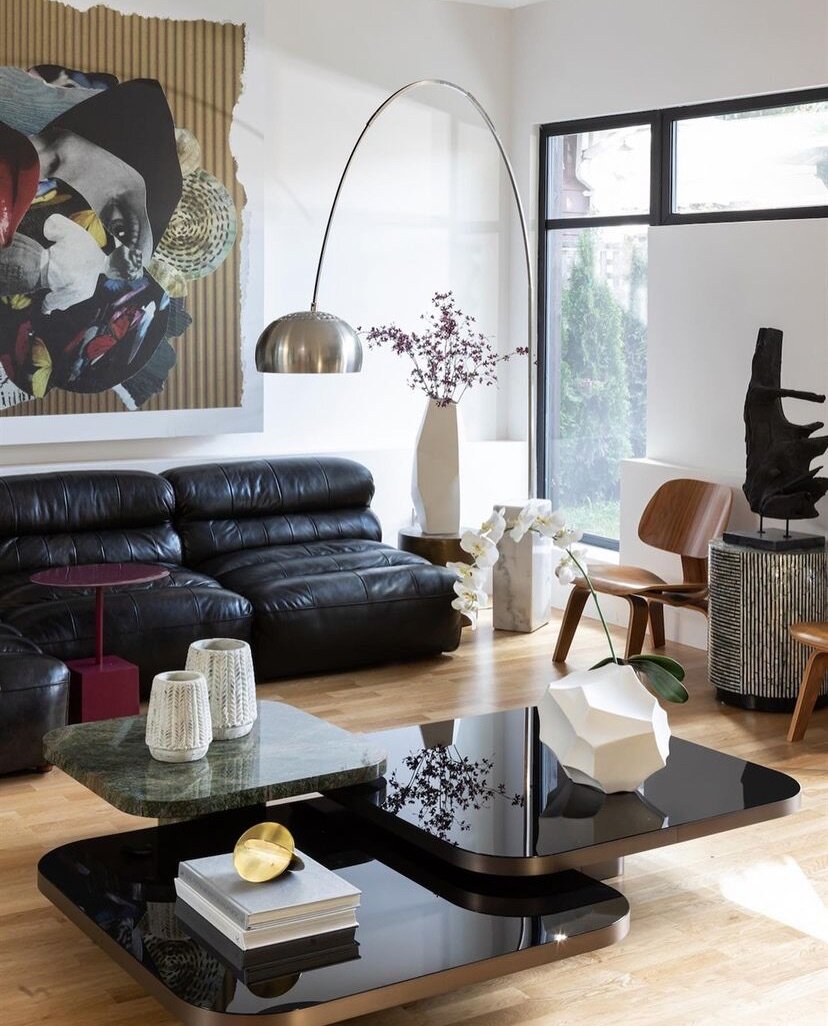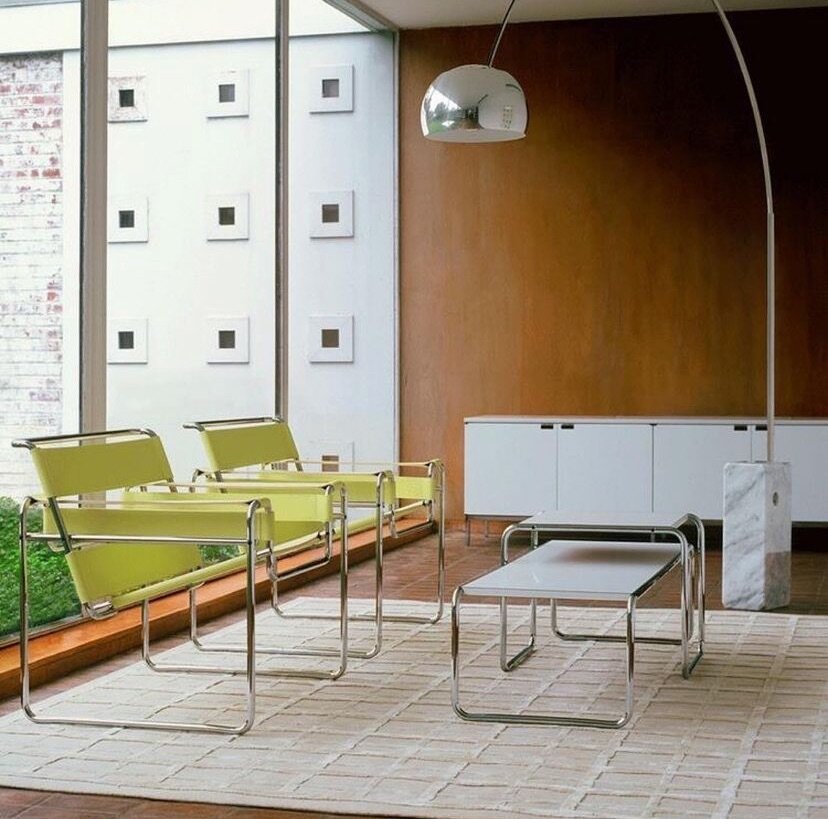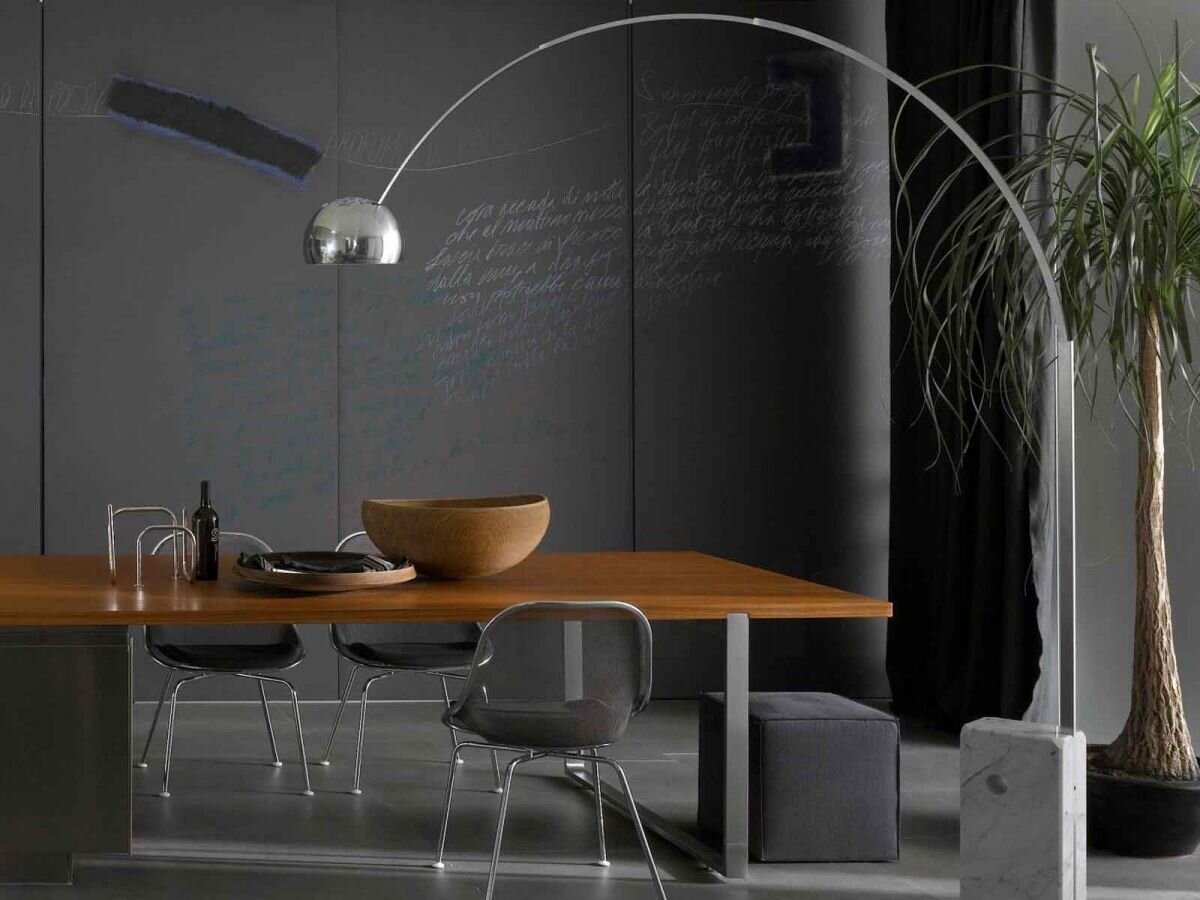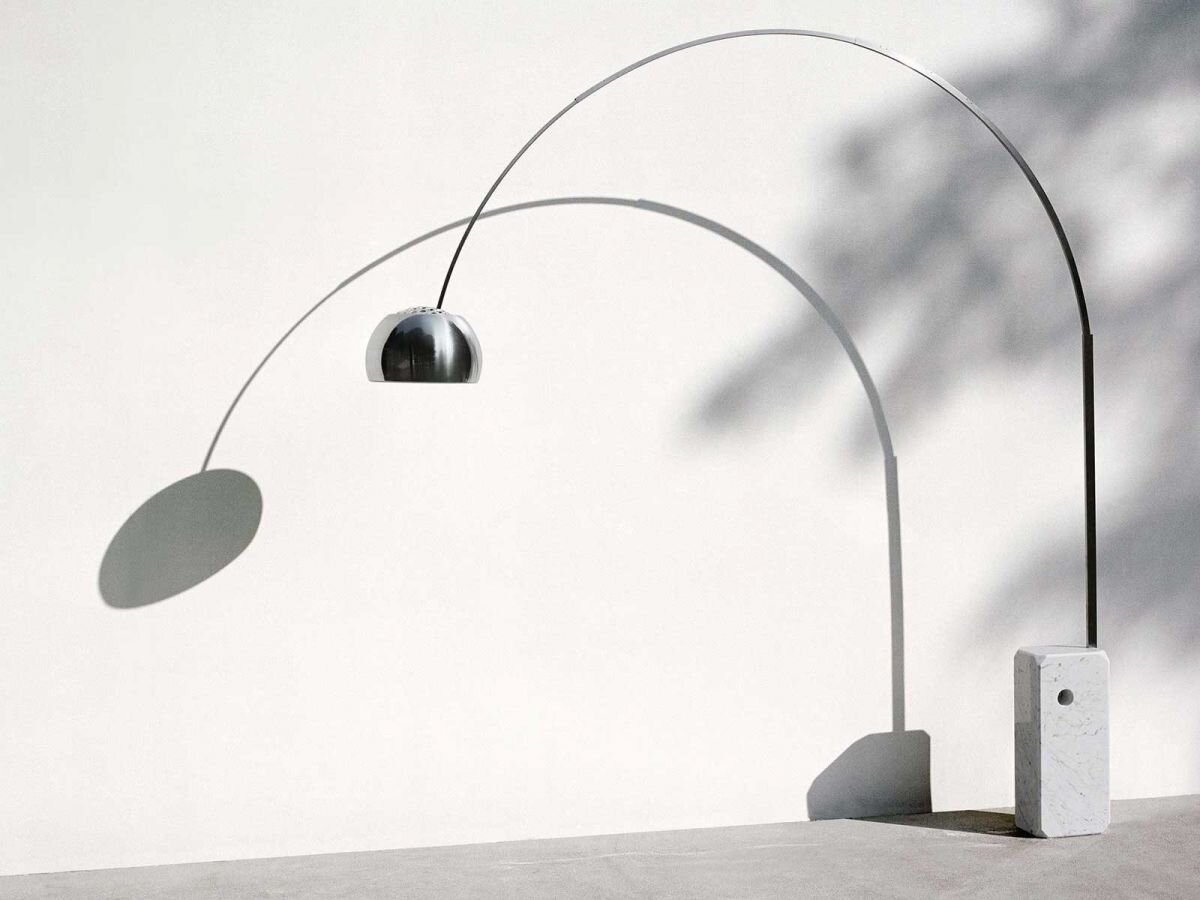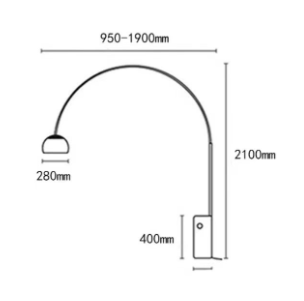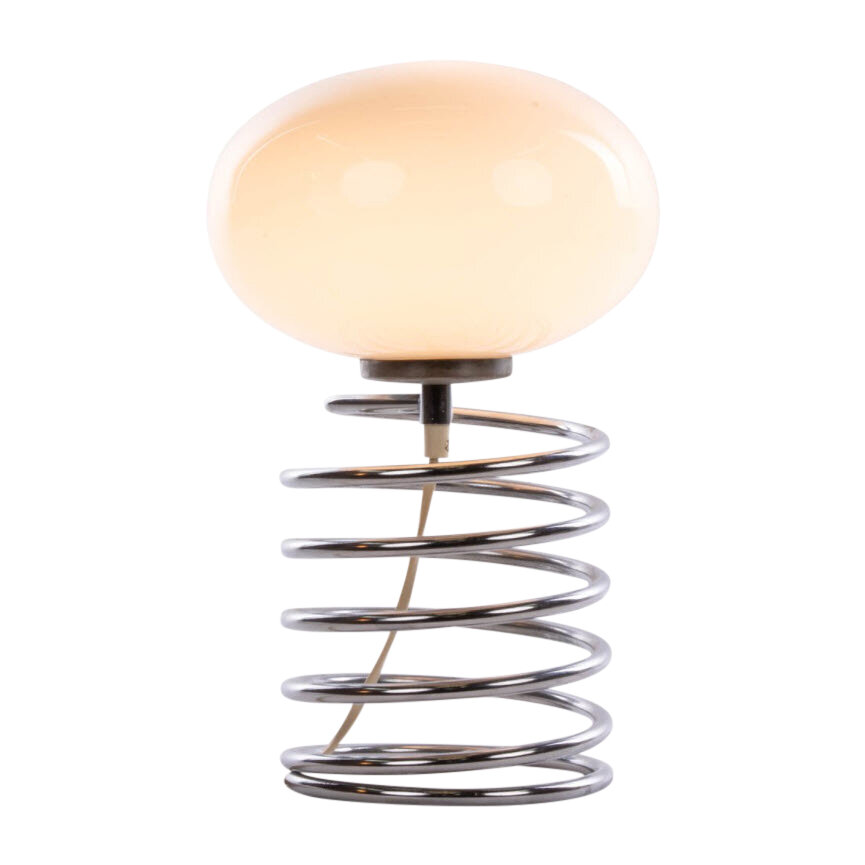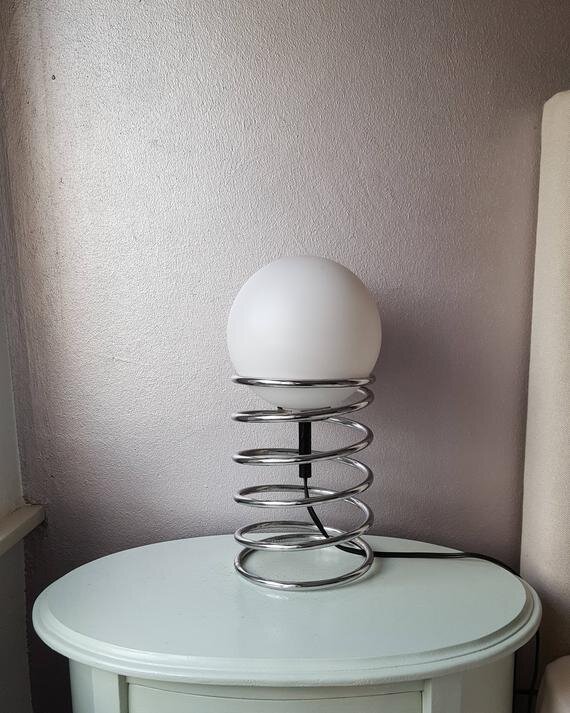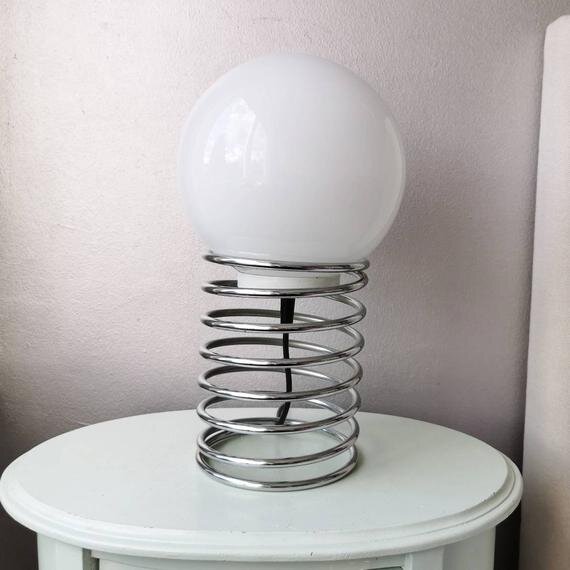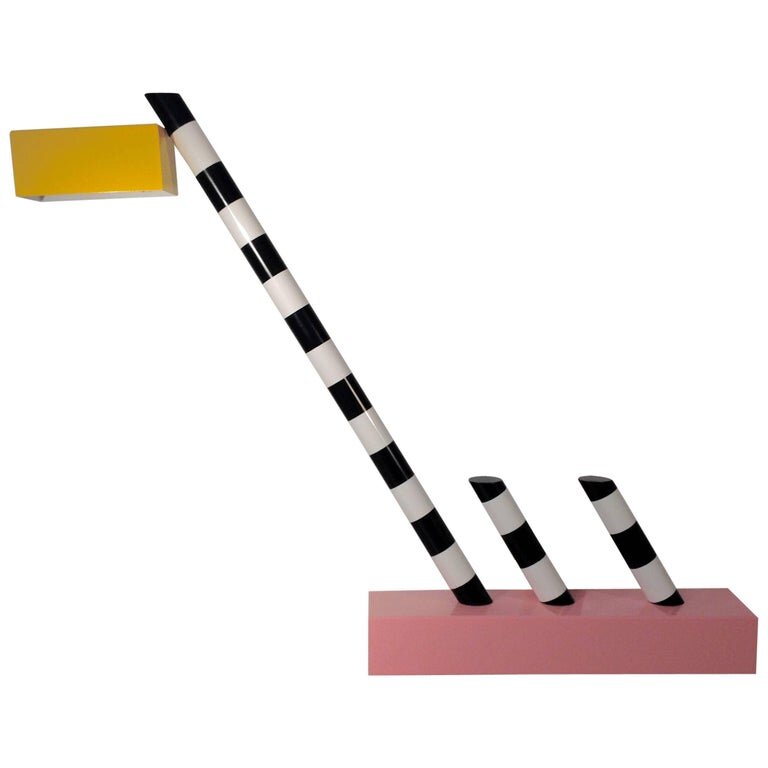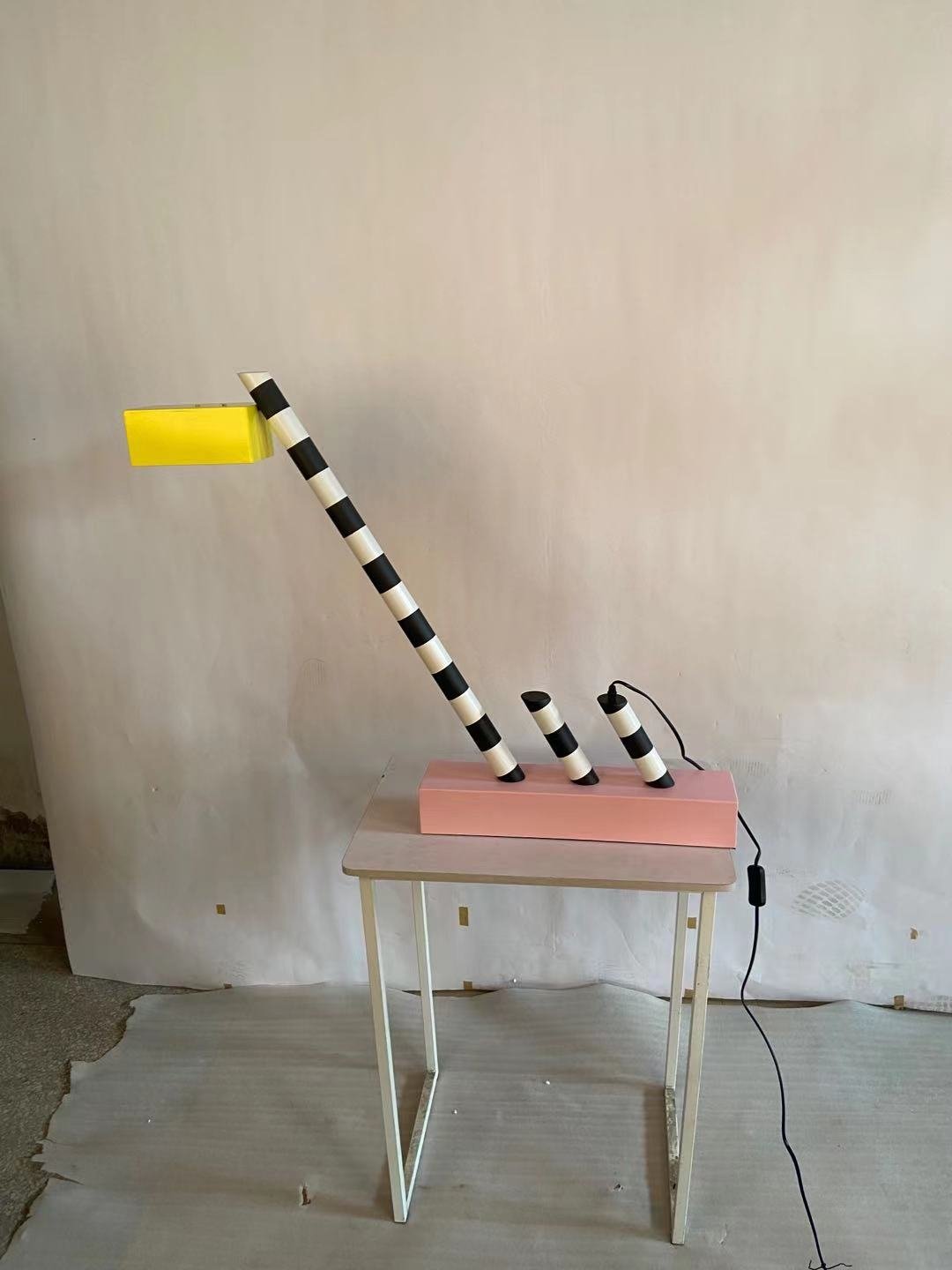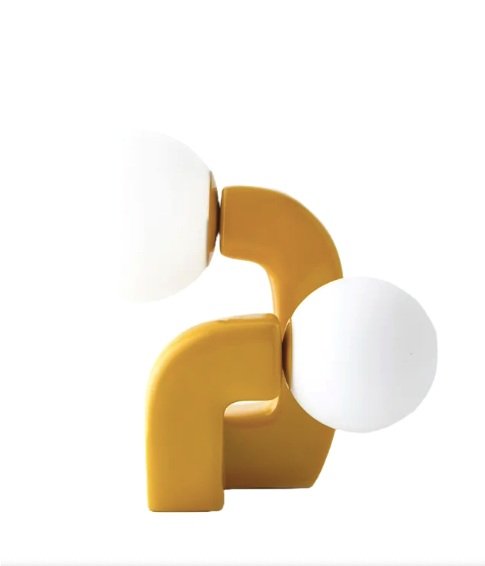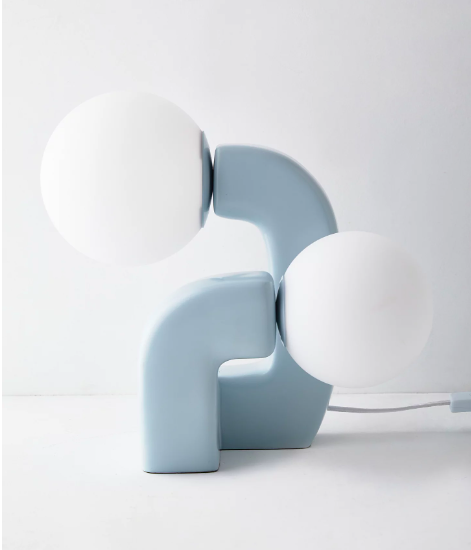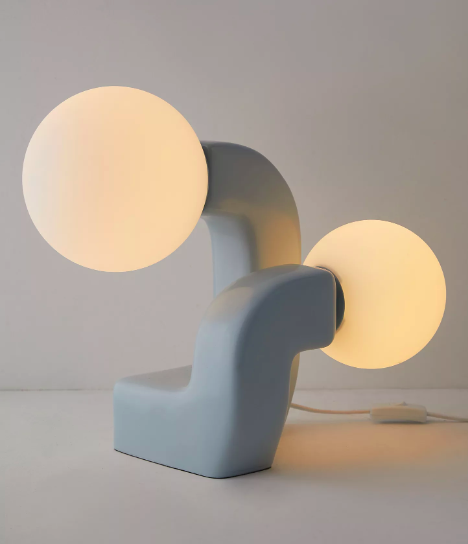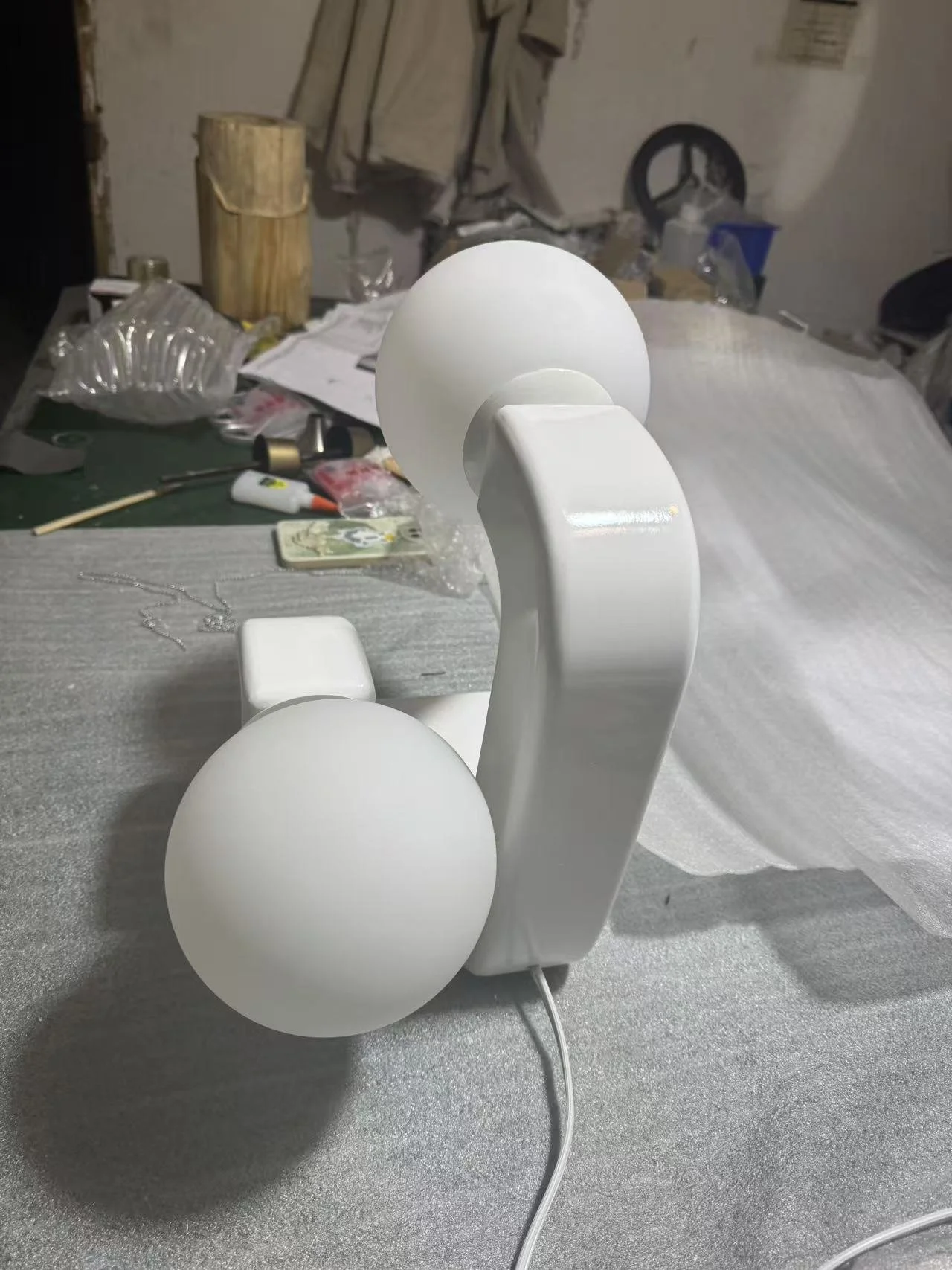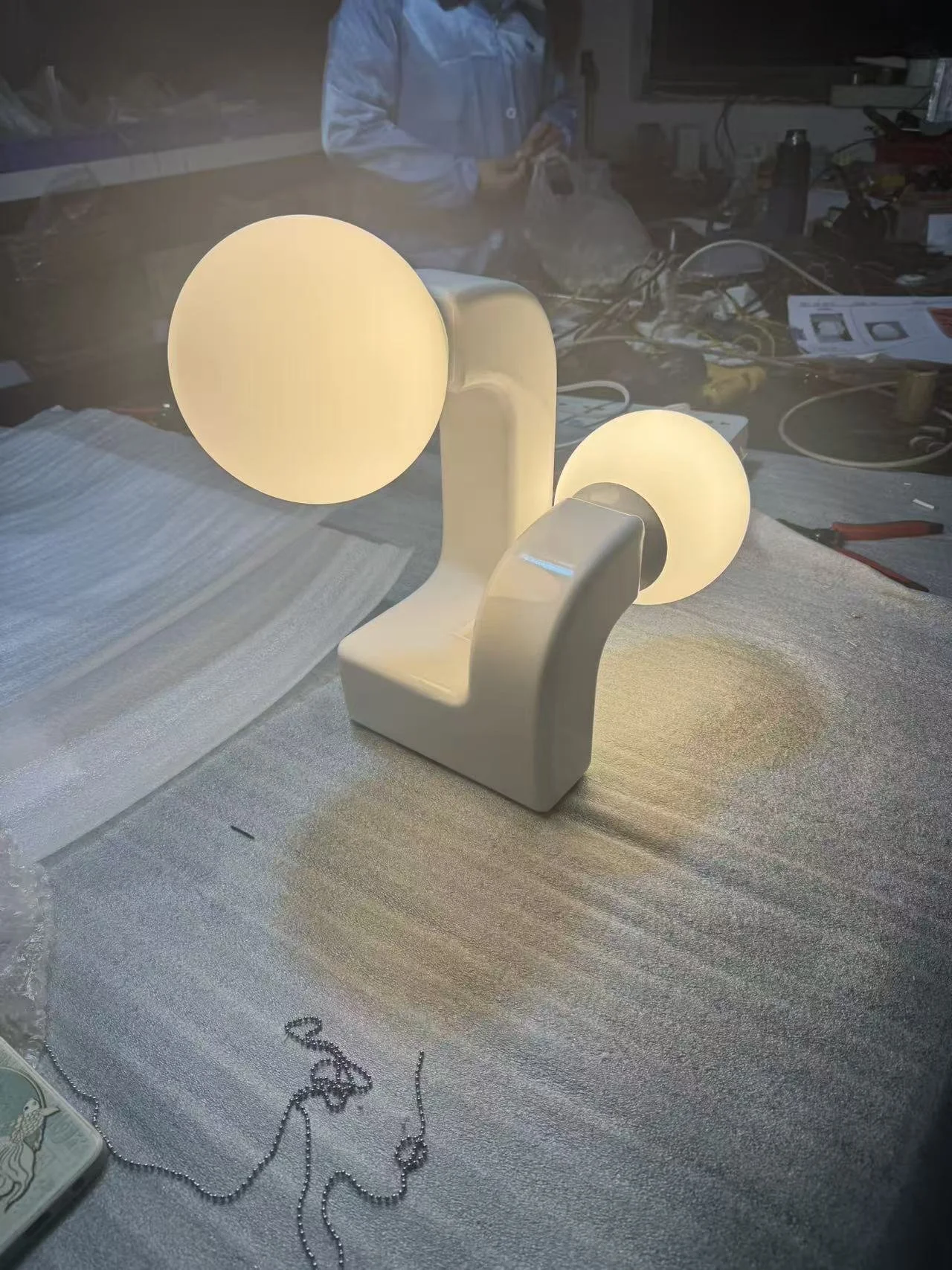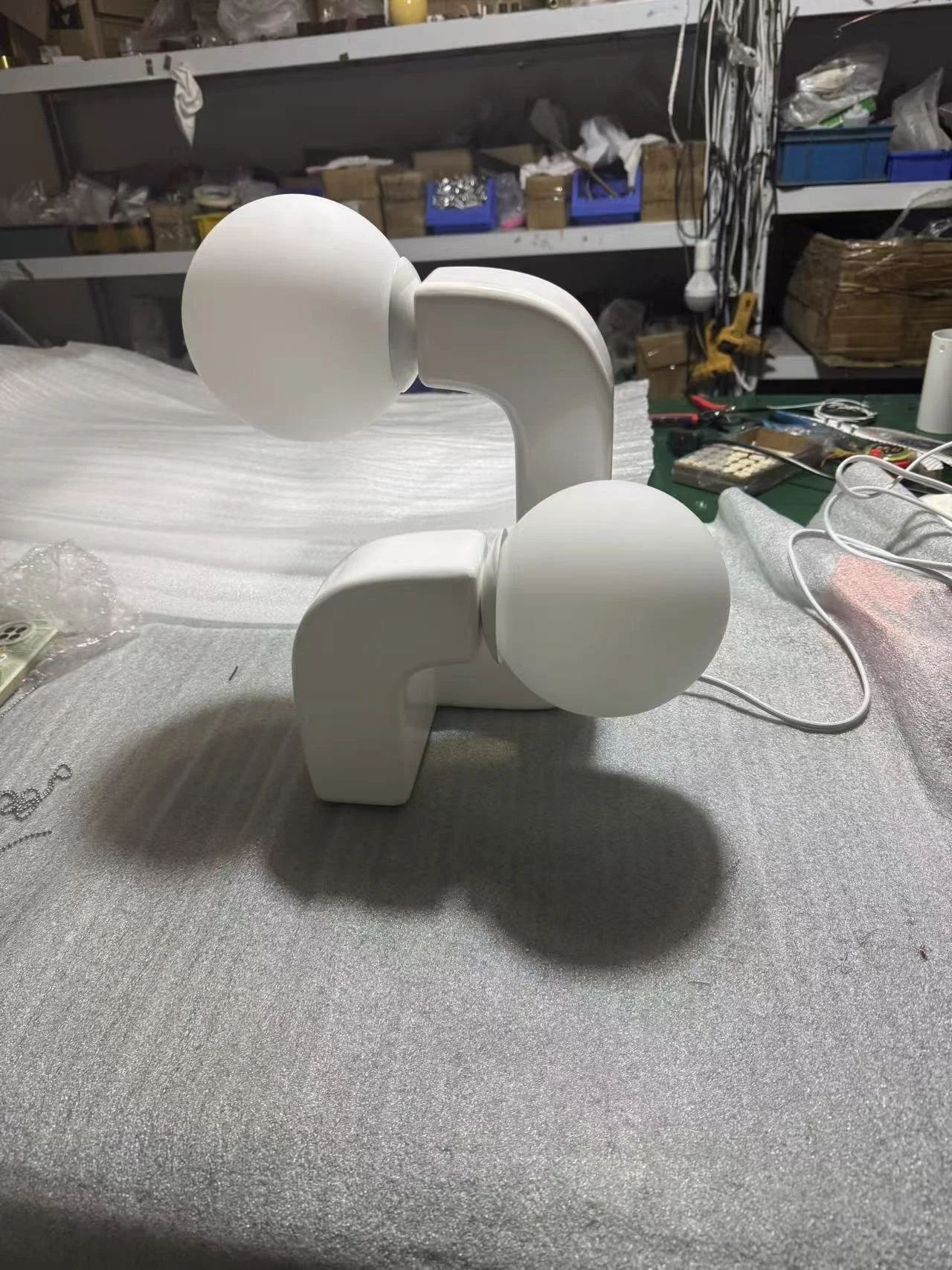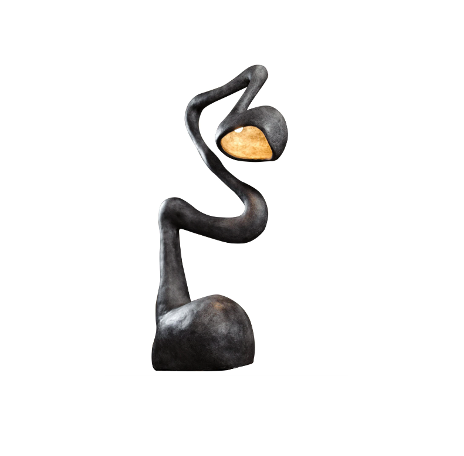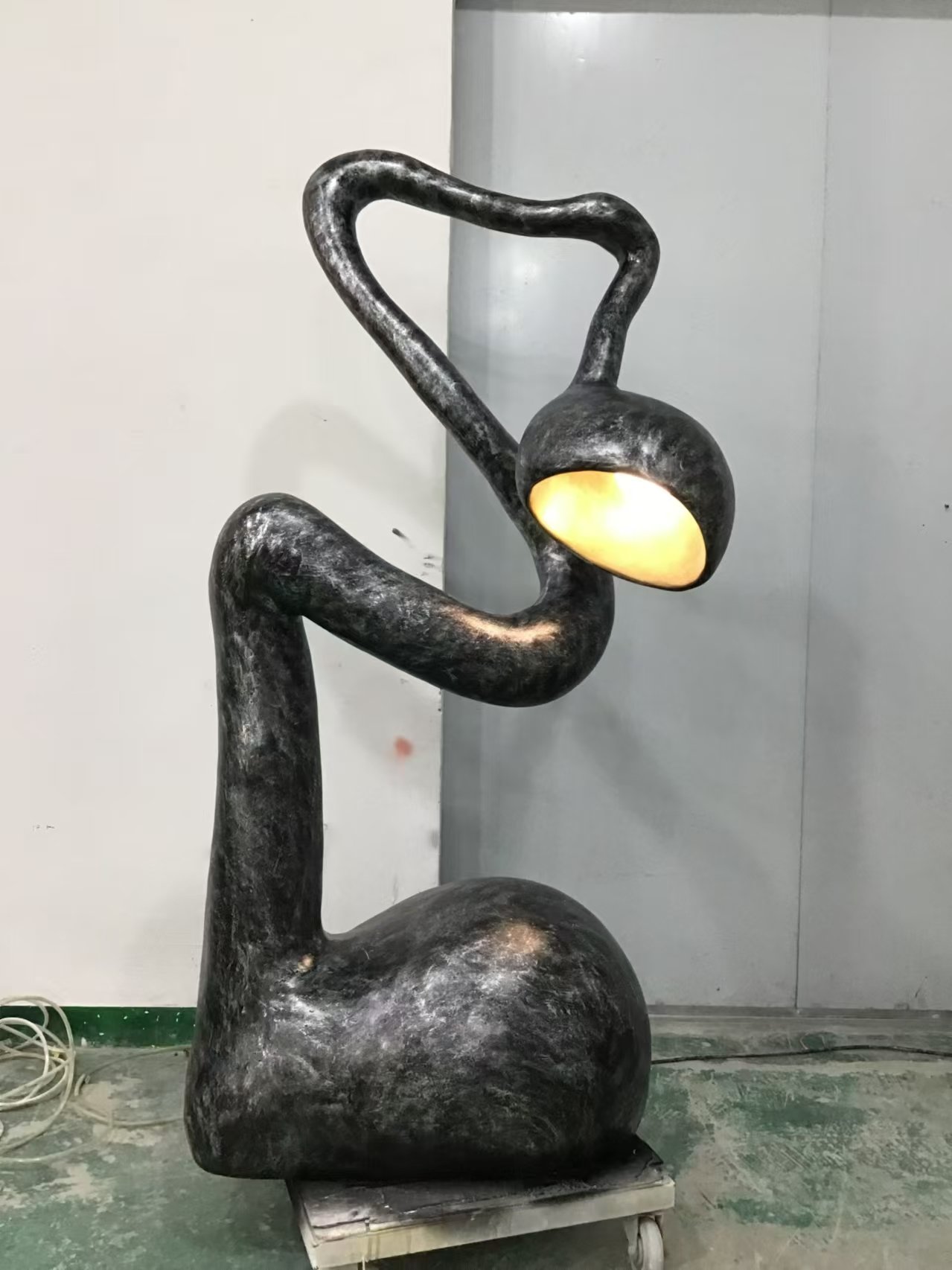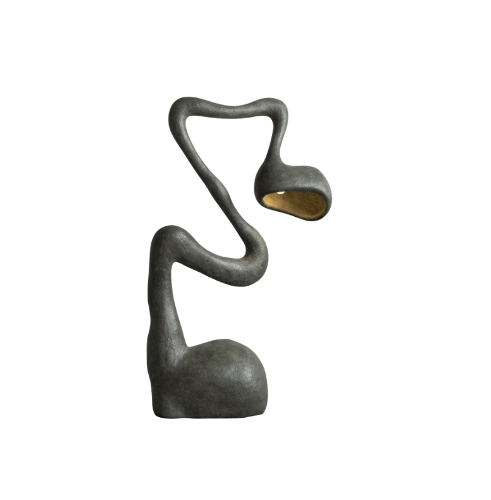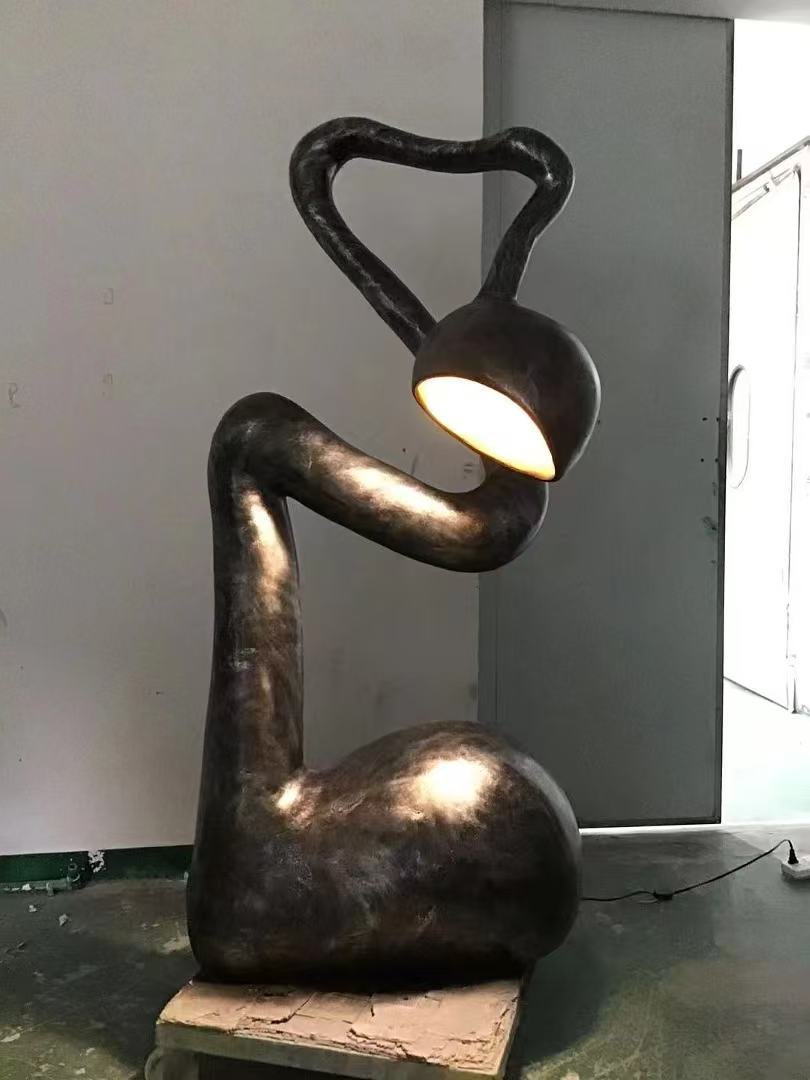 Image 1 of 3
Image 1 of 3

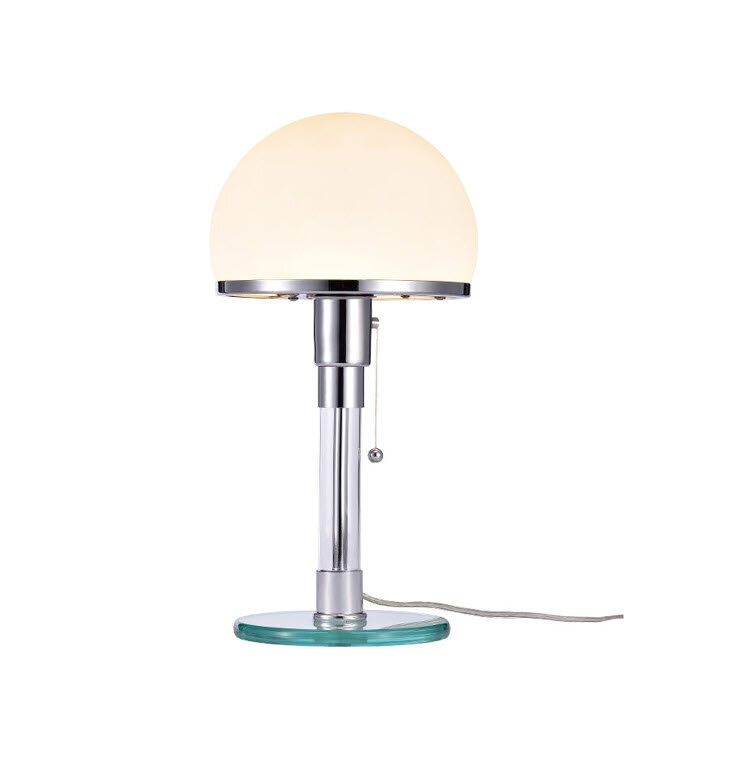 Image 2 of 3
Image 2 of 3

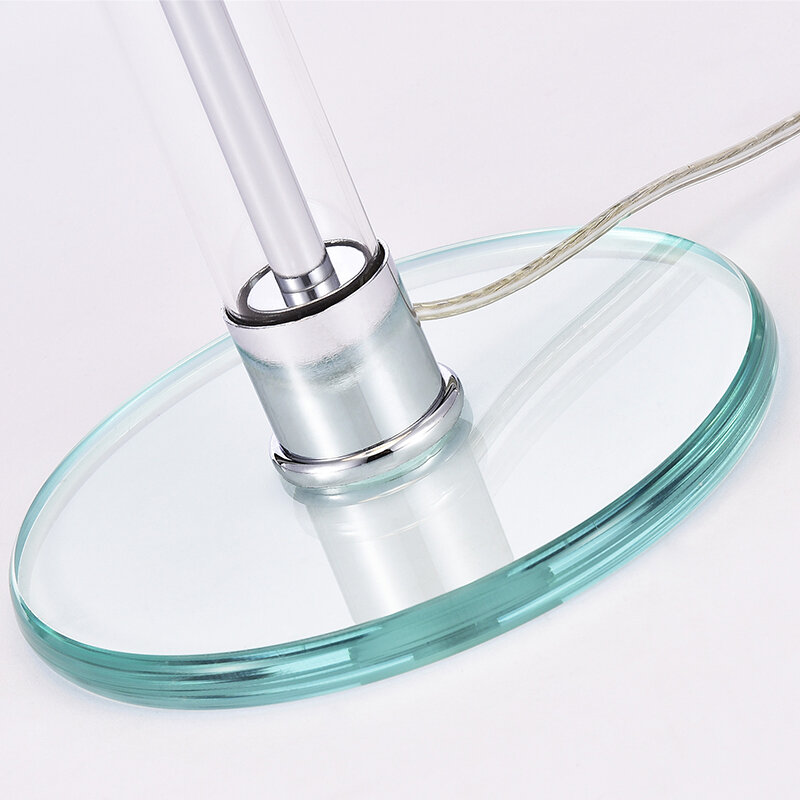 Image 3 of 3
Image 3 of 3




Wilhelm Wagenfeld Table lamp
This perfect replica, known as the "Bauhaus lamp," embodies an essential idea—form follows function—advanced by the influential Bauhaus school, founded in 1919 by the architect Walter Gropius, which taught a modern synthesis of both fine and applied arts. Through the employment of simple geometric shapes—circular base, cylindrical shaft, and spherical shade—Wagenfeld and Jucker achieved "both maximum simplicity and, in terms of time and materials, greatest economy." The lamp's working parts are visible; the opaque glass shade, a type formerly used only for industrial lighting, helps to diffuse the light.
The lamp was produced in the Bauhaus metal workshop after its re-organization under the direction of the artist László Moholy-Nagy in 1923. The workshop promoted the use of new materials and favored mass production under a collaborative, rather than individual, approach.
Initial attempts at marketing the lamp in 1924 were unsuccessful, primarily because most of its parts were still hand assembled at the Bauhaus. Today, the lamp is widely produced by Techno-lumen of Bremen, Germany, and is generally perceived as an icon of modern industrial design.
Dimensions: 46X35X23 cm
This perfect replica, known as the "Bauhaus lamp," embodies an essential idea—form follows function—advanced by the influential Bauhaus school, founded in 1919 by the architect Walter Gropius, which taught a modern synthesis of both fine and applied arts. Through the employment of simple geometric shapes—circular base, cylindrical shaft, and spherical shade—Wagenfeld and Jucker achieved "both maximum simplicity and, in terms of time and materials, greatest economy." The lamp's working parts are visible; the opaque glass shade, a type formerly used only for industrial lighting, helps to diffuse the light.
The lamp was produced in the Bauhaus metal workshop after its re-organization under the direction of the artist László Moholy-Nagy in 1923. The workshop promoted the use of new materials and favored mass production under a collaborative, rather than individual, approach.
Initial attempts at marketing the lamp in 1924 were unsuccessful, primarily because most of its parts were still hand assembled at the Bauhaus. Today, the lamp is widely produced by Techno-lumen of Bremen, Germany, and is generally perceived as an icon of modern industrial design.
Dimensions: 46X35X23 cm

